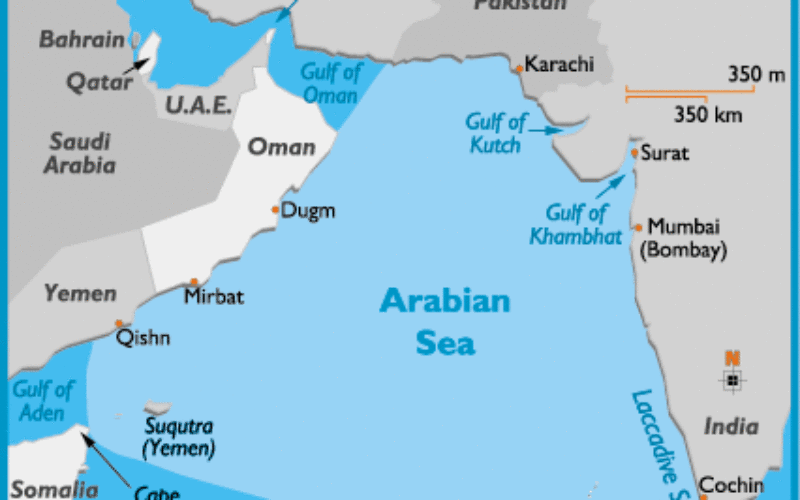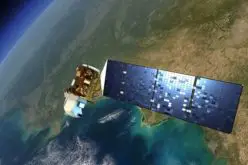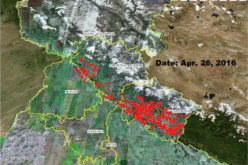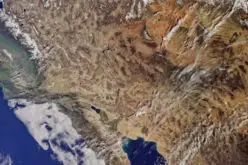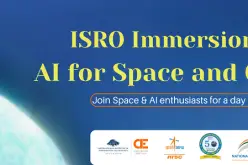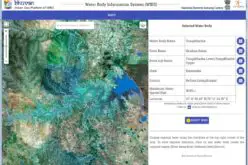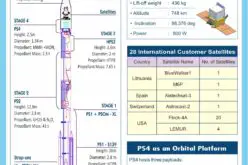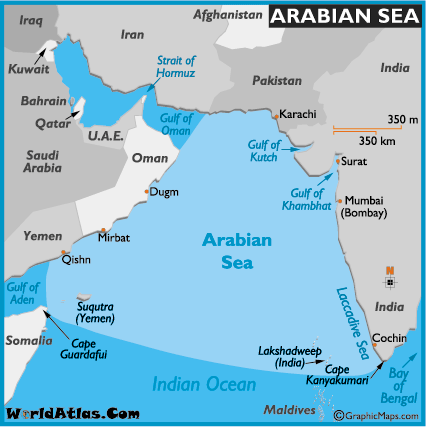 The Arabian Sea, cradling a diversity of marine habitats including coral reefs, is witnessing acidification of its surface waters, a consequence of excessive carbon dioxide in the atmosphere, say Indian scientists.
The Arabian Sea, cradling a diversity of marine habitats including coral reefs, is witnessing acidification of its surface waters, a consequence of excessive carbon dioxide in the atmosphere, say Indian scientists.
Using remote sensing, researchers collected and analysed data spanning ten years with the focus on five parameters that directly correlate with carbon condition of the ocean surface. The idea was to monitor the status of two important regions of the Indian Ocean: the Arabian Sea and the Bay of Bengal.
“One of the parameters is particulate inorganic carbon (PIC). We noted a decreasing trend of PIC over the last decade, which is linked to the decrease in abundance of phytoplanktons, microscopic organisms that form the base of the food chain in aquatic ecosystems,” Sugata Hazra, professor, School of Oceanographic Studies, Jadavpur University, told IANS.
“This might be due to over-accumulation of carbon dioxide,” said Abhra Chanda, of the varsity’s School of Oceanographic Studies and one of the authors of the study.
Published in Current Science in February, the comparative study involves experts from the Indian Institute of Remote Sensing, Dehradun, the Indian National Centre for Ocean Information Services and the National Remote Sensing Centre, Hyderabad.
Arabian Sea, encompassing the northwestern sector of the Indian Ocean, covers a total area of around 3,862,000 sq. km. It is enclosed in the north by Iran and Pakistan, to the west by the Horn of Africa and the Arabian Peninsula and to the east by the Indian Peninsula. The study area spans 3,471,000 sq. km.
The world’s oceans are alkaline, with a pH factor a little over 7. Anything below that number makes the water less alkaline and more acidic. Pure water is neither alkaline nor acidic.
“In this study we have also taken into account the Andaman Sea lying adjacent to Bay of Bengal,” said Chanda. Oceans act as a huge carbon sink and absorb at least a quarter of the carbon dioxide emissions from coal, oil and gas. As carbon dioxide dissolves, the sea water becomes acidic.
And even though the water bodies are immense, ocean acidification can have a significant impact on marine life – especially the ones that build their skeletons and shells from calcium – over the years, scientists warn.
“When the water becomes acidic, calcium carbonate coatings secreted by the phytoplanktons breaks down. As the water gets more corrosive, the shells tend to dissolve more readily and the formation of shells is also affected,” noted Chanda, describing the two major impacts on these tiny organisms.
Apart from PIC, the other criteria analysed by the researchers were chlorophyll-a, sea-surface temperature (SST), particulate organic carbon (POC) and photosynthetically active radiation (PAR).
Recently, a joint study conducted by scientists at the Indian Institute of Tropical Meteorology in Pune and the National Institute of Oceanography (NIO) in Goa revealed rapidly decreasing presence of marine phytoplankton (an alarming decrease at the rate of 20 percent over the last six decades) in the western Indian Ocean.
The report also warns that the Indian Ocean may be reduced to an ecological desert, given the levels of ocean warming. According to K. Venkataraman, former Zoological Survey of India (ZSI) director, coastal and marine ecosystems in India provide a number of important services to support life and enhance well-being.
“The (suspicion of) ocean acidification (by the researcher organisations in India), in the Arabian Sea and Bay of Bengal will devastate one of the most pristine, most fertile regions, the Indian Ocean,” he told IANS.
– IANS


